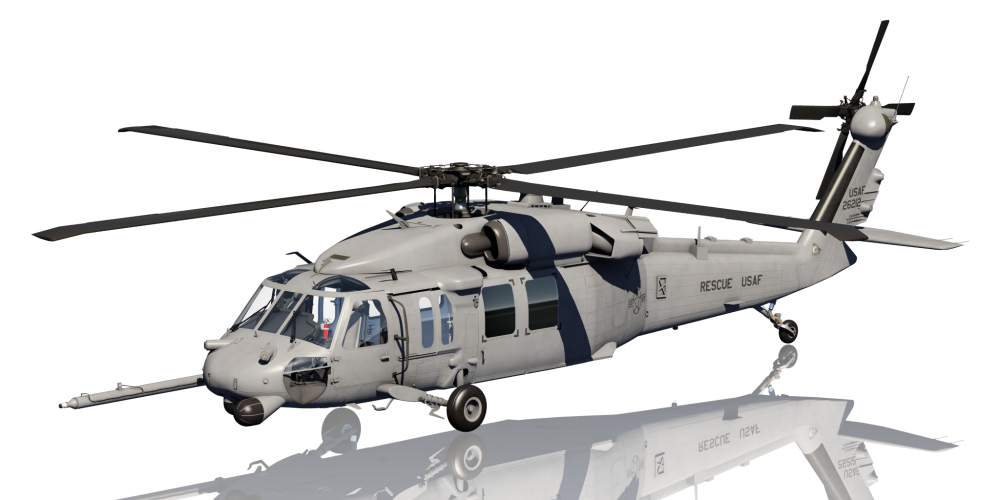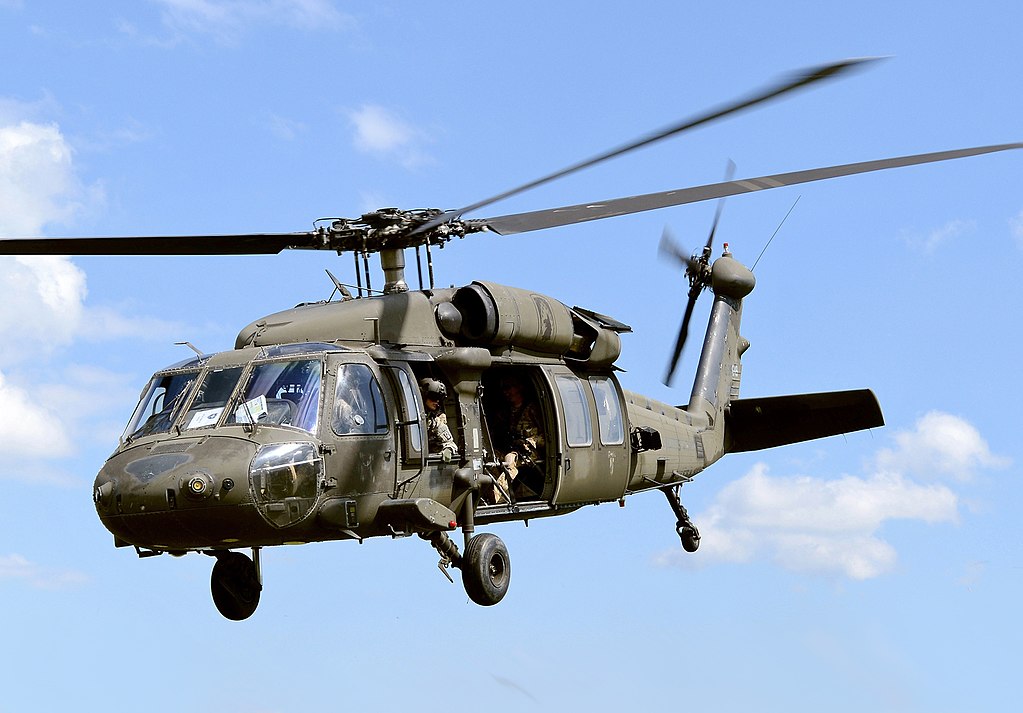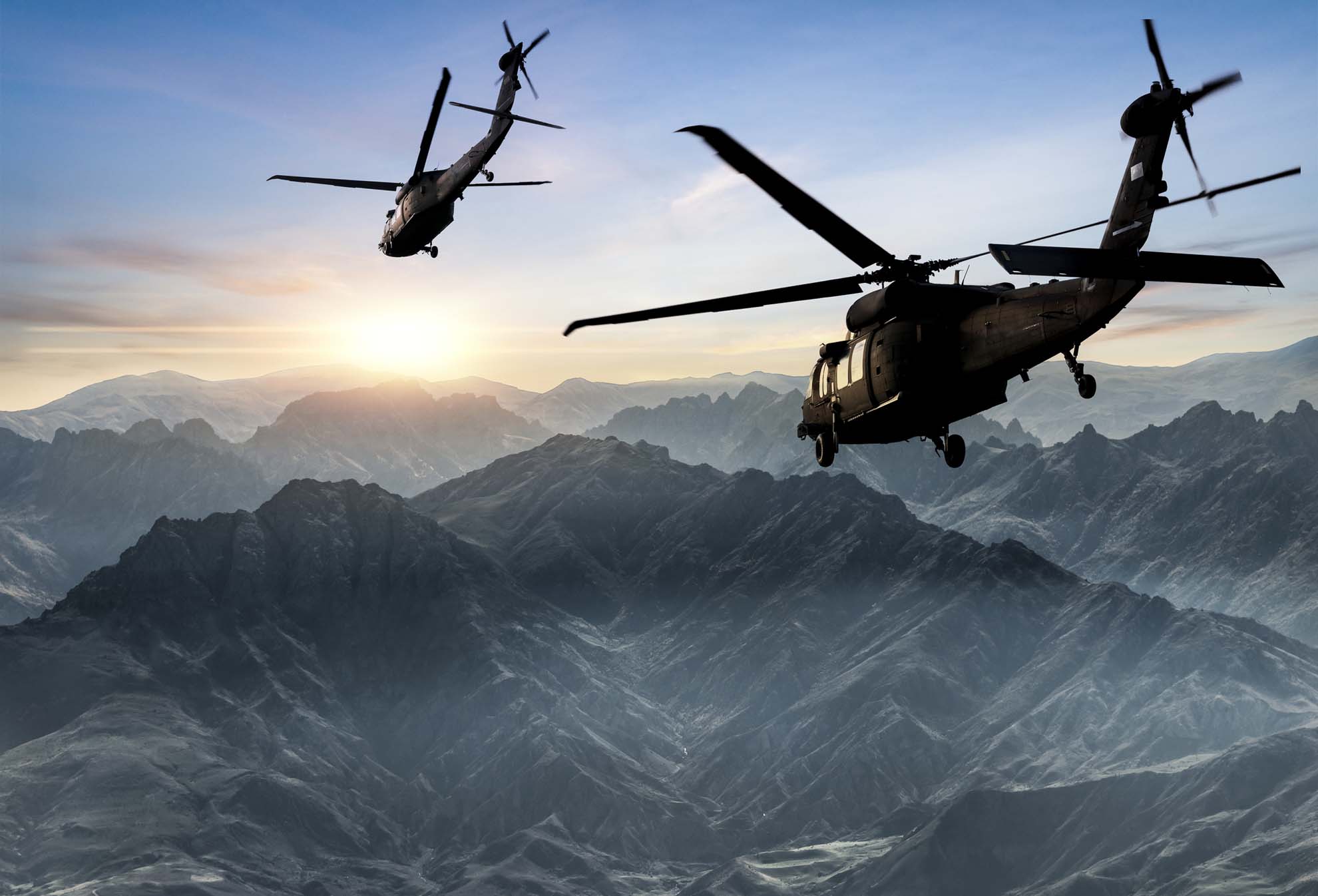The Future of the UH 60: Technologies and Upgrades for Enhanced Performance
The Future of the UH 60: Technologies and Upgrades for Enhanced Performance
Blog Article
UH-60: Advancements in Modern Helicopter Layout
The UH-60 helicopter stands as a criteria in contemporary aviation, showcasing substantial developments in style and technology that deal with the developing demands of armed forces procedures. Its consolidation of innovative materials not only boosts efficiency yet also addresses critical safety and security concerns. Moreover, the integration of innovative avionics has changed operational capacities, enabling greater situational awareness and decision-making performance. As we discover the evolution and crucial innovations of the UH-60, it becomes essential to take into consideration just how these advancements affect not only present applications but likewise the future landscape of helicopter layout.

Development of the UH-60
The development of the UH-60 Black Hawk helicopter represents a substantial landmark in aerospace engineering and armed forces aeronautics. Presented in the late 1970s, the UH-60 was designed by Sikorsky Airplane to fulfill the United States Army's requirement for a flexible utility helicopter with the ability of executing a selection of goals. Its design stressed ability to move, sturdiness, and rate, establishing new criteria for operational efficiency.
The UH-60 features a distinct four-blade rotor system, which improves lift and stability, enabling it to run efficiently in varied environments. Its airframe is created from advanced composite materials, adding to a reduction in weight while preserving architectural integrity. The helicopter's style additionally integrates better aerodynamics, which enhances gas performance and enhances variety.
For many years, the Black Hawk has gone through numerous upgrades to enhance its abilities, consisting of boosted engines, advanced trip control systems, and modular systems for very easy maintenance and versatility. The helicopter's capacity to execute missions ranging from army transportation to clinical discharge has solidified its role as a foundation of U.S. armed forces operations. The UH-60 Black Hawk remains an archetype of just how innovation in helicopter design can considerably impact armed forces effectiveness and functional flexibility.
Advanced Avionics Systems
Innovations in avionics systems have changed the capabilities of modern helicopters like the UH-60 Black Hawk, enhancing operational efficiency and situational understanding (UH 60). The combination of advanced avionics permits enhanced flight, navigating, and interaction management, making the UH-60 more versatile in varied goal accounts
One of the essential features is the advanced electronic cabin, which utilizes multifunction screens that provide real-time data, ensuring pilots have prompt accessibility to important flight information. This streamlining of details decreases pilot work and enhances decision-making procedures throughout complicated operations. In addition, the consolidation of GPS and inertial navigating systems allows accurate positioning and route preparation, enhancing mission implementation in difficult settings.
Additionally, advanced avionics systems boost communication capabilities via protected information links and voice communication systems, enabling seamless control with ground forces and various other aircraft. The assimilation of automatic trip control systems even more adds to improved security and control, especially in adverse weather condition conditions or throughout low-altitude maneuvers.
Engine and Efficiency Enhancements
Engine performance in modern helicopters has taken a substantial leap onward, driven by developments that enhance performance, power, and reliability. At the center of these developments is the fostering of even more powerful turboshaft engines, particularly those utilizing innovative materials and innovations that make it possible for greater temperature tolerances and raised drive capabilities. The UH-60 Black Hawk, as an example, makes use of the T700-GE-701C engine, which includes a dual-channel, full-authority digital engine control system. This system enhances performance while enhancing gas intake and decreasing maintenance requirements.
In addition, the assimilation of engine wellness surveillance systems enables real-time diagnostics and predictive maintenance, considerably improving operational reliability. These systems not just sharp staffs to prospective problems before they become crucial but also facilitate extra reliable upkeep scheduling, thus decreasing downtime.

Products and Structural Innovations
Recent advancements in materials and structural design have transformed contemporary helicopter building and construction, boosting both efficiency and resilience. The intro of sophisticated composite products, such as carbon fiber strengthened polymers, has actually significantly reduced weight while keeping structural integrity. This change not only improves gas efficiency however additionally increases payload capability, permitting helicopters like the UH-60 to perform even more varied objectives.
In addition, technologies in light weight aluminum alloys and titanium components have contributed to enhanced resistance to corrosion and exhaustion, prolonging the lifespan of crucial airframe elements. The critical use of these materials has actually caused a reduction in upkeep demands and improved total operational preparedness.

In addition, the combination of computer-aided design (CAD) and additive production technologies has actually enabled a lot more complex geometries and light-weight frameworks, enhancing the aerodynamic performance of helicopter layouts. These developments promote rapid prototyping and production, permitting producers to react swiftly to developing goal needs.
Security and Survivability Attributes
Safety and survivability functions in modern-day helicopter design have come to be paramount, showing the raising needs for mission efficiency in tough environments. The UH-60 Black Hawk, a noteworthy instance, incorporates advanced technologies to improve team and guest defense. One of the most important innovations is the incorporation of crashworthy fuel systems designed to lessen the risk of fire throughout influence. Additionally, the airframe is created with reinforced materials that absorb and dissipate power, more safeguarding residents in case of an accident.
The helicopter likewise utilizes a ballistic protection system, that includes armored crew seats and essential systems securing, minimizing vulnerability to small arms fire my latest blog post and shrapnel. Enhanced i was reading this situational recognition is accomplished with advanced avionics and sensing unit modern technologies, enabling pilots to discover and avoid threats properly.
Additionally, the combination of redundancy in crucial systems-- such as dual engines and numerous flight control networks-- makes sure continued procedure also if one system fails. The UH-60 is outfitted with sophisticated emergency flotation protection gadgets, boosting survivability in water touchdowns. Collectively, these functions not only boost the security of employees however also raise mission success prices in hostile settings, demonstrating the dedication to excellence in helicopter layout.
Conclusion
The UH-60 helicopter stands for a considerable advancement in contemporary aeronautics innovation, incorporating cutting-edge materials, innovative avionics, and robust security attributes. Its development mirrors a commitment to improving efficiency and operational effectiveness while making certain pilot and crew survivability. The assimilation of light-weight composites and advanced navigating systems underscores the helicopter's versatility in numerous military objectives. On the whole, the UH-60 acts as a criteria for future growths in helicopter design, symbolizing durability and convenience in contemporary military procedures.
The UH-60 helicopter stands as a standard in modern-day aeronautics, showcasing substantial innovations in layout and modern technology that provide to the advancing needs of army procedures. As we check out the development and essential developments of the UH-60, visit this site right here it ends up being vital to think about how these developments affect not just present applications however also the future landscape of helicopter design.
Presented in the late 1970s, the UH-60 was made by Sikorsky Airplane to satisfy the United States Army's demand for a functional energy helicopter capable of performing a selection of goals. The UH-60 Black Hawk stays a prime example of just how technology in helicopter style can considerably impact army efficiency and operational adaptability.
Generally, the UH-60 serves as a standard for future growths in helicopter style, personifying durability and flexibility in modern armed forces operations.
Report this page